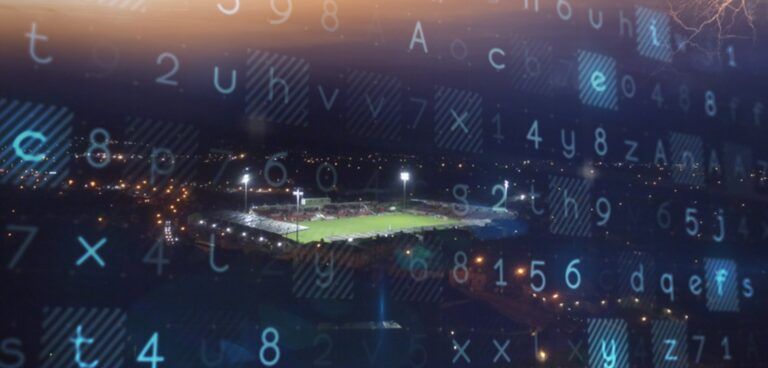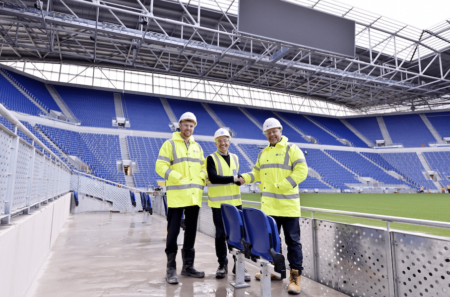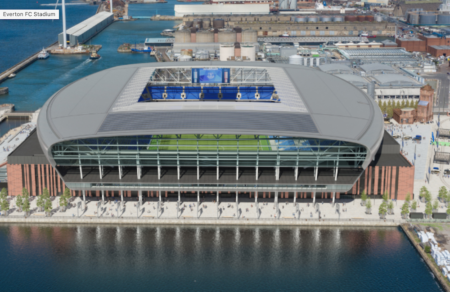Sports and entertainment entities wrestling with how to create a live fan experience and follow coronavirus safety guidelines are turning to analytics and venue optimization software to enable college athletic programs, professional sports organizations and entertainment venues to quickly run seating and attendance simulations to maximize ticket sales, revenues and attendance while supporting fan safety.
The software from SAS is being used by North Carolina State University’s athletics department to plan for the next college football season.
NC State has run scenarios for objectives including total attendance, revenue, percentage of capacity and fixed number of seats for the 57,600 seat Carter-Finley Stadium, with social distancing in place. SAS for venue optimization creates seating configurations for each hypothetical, helping NC State plan for ticketing and optimal attendance. Data visualization shows NC State Athletics what the stadium seating arrangements would look like on game day.
Seating scenarios can be run in 3-7 minutes on average, allowing organizations to look at several scenarios quickly and empowering them to pivot at a moment’s notice if social distancing guidelines change.
SAS for venue optimization provides an ideal layout of a venue based on a set of parameters and objectives entered by the user. For instance, by entering ticket prices for all seats within the venue, users can see a seat allocation plan based on maximum revenue optimization.
The optimization analyses consider data such as aisle and row dimensions, seat and bench sizes, general admission or lawn seating dimensions and seat pricing. Users can choose the distance between seat groupings and/or the maximum group size of people sitting together, which can result in big differences. A SAS analysis showed that if people sit in single seats and keep six feet between them, only about 15% of venue capacity can be used. However, if the maximum group size goes up to four the number rises to 30%.
“We wanted to get a better grasp of any and all scenarios for Carter-Finley Stadium capacity given the challenging circumstances in our current environment. SAS delivered an exceptional venue optimization plan that will help us make the best possible decisions for our fan base and program,” said Boo Corrigan, NC State director of athletics.
Of course, there are still concerns about how seating plans will work in real life. Fans do not stay seated for an entire three-hour football game. SAS for venue optimization can run scenarios where aisle entrances and exits are left open, which allows people to reach or leave their seats without crossing anyone else’s safety zone within the seating area. This comes at the expense of usable seats but is an example of one of the many factors analytics and optimization can consider, according to Dan Axman, SAS Sports Analytics Advisor.
“We want to help higher education institutions and entertainment venues reopen safely, which have already seen huge losses due to the pandemic,” said Axman. “They are anxious to welcome fans back to venues but understand that public safety is top priority. Optimizing attendance and revenue amid changing public health requirements involves analyzing massive amounts of data but is critical to safely restoring the live fan experience and increasing revenues.”





